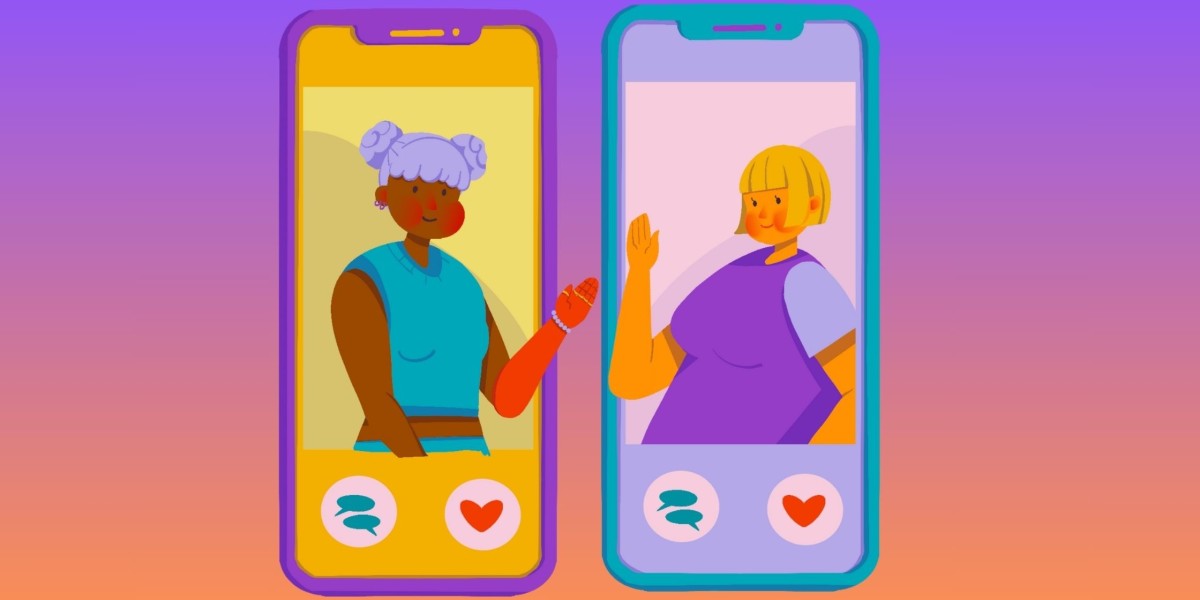In the age of digital dating, Tinder has established itself as the go-to platform for millions of users looking for a quick and easy way to connect with potential matches. With its swiping feature and simple interface, Tinder revolutionized the online dating landscape. Naturally, the idea of developing a Tinder clone app has become an attractive option for entrepreneurs looking to capitalize on the growing demand for dating apps.
But before jumping into development, it’s essential to weigh both the benefits and challenges associated with creating a Tinder clone app. While this business model can be appealing, it requires careful consideration of various factors, such as market competition, development costs, and user needs. In this article, we’ll break down the pros and cons of developing a Tinder clone app to help you make an informed decision.
What is a Tinder Clone App?
A Tinder clone app is essentially a dating application that replicates the core features of Tinder. This typically includes a swipe-based interface for liking or rejecting potential matches, user profiles, geolocation-based matching, and a chat feature to communicate once a match is made. While the core concept remains the same, a Tinder clone can be customized with additional features to cater to a particular niche or target audience.
The Pros of Developing a Tinder Clone App
Creating a Tinder clone app can be a strategic move, especially if you’re targeting niche markets or regions. Here are the pros of developing such an app:
Faster Time to Market
One of the most significant advantages of developing a Tinder clone is the ability to launch the app quickly. Instead of building a dating app from scratch and spending months on design, features, and functionality, a clone allows you to leverage an existing, proven framework. This not only speeds up development but also reduces the initial investment required to get the app to market.
Proven Business Model
Tinder’s massive success is a testament to the effectiveness of its business model. The swipe mechanism, paired with social networking elements, struck a chord with millions of users. By creating a clone, you are adopting a proven approach that already has strong market validation. Since you are essentially replicating a model that works, you can focus on making incremental improvements or adding niche features that appeal to specific demographics.
Cost-Effective Development
Building a custom dating app from scratch can be expensive. It involves designing unique features, extensive market research, and months of development time. On the other hand, a Tinder clone app offers a more cost-effective alternative. By using ready-made templates and features, you can minimize development costs and redirect resources toward other aspects of the project, like marketing and user acquisition.
Easier to Attract Users
Tinder is widely recognized as one of the most popular dating apps, and its swiping feature has become a cultural phenomenon. A Tinder clone app can capitalize on this familiarity. Users already know how Tinder works, so they’ll be more inclined to try your app if it offers a similar experience. The app’s interface will feel intuitive and easy to use, which can lead to faster adoption and growth.
Opportunity for Niche Targeting
While Tinder is a general dating app that caters to a broad audience, there are countless niches within the dating world that could benefit from a dedicated app. For example, you could create a dating app specifically for dog lovers, professionals, or people seeking long-term relationships. A Tinder clone allows you to customize the platform and tailor the experience to meet the needs of these niche audiences, helping you stand out from the competition.
Monetization Potential
Tinder’s monetization strategy has been highly effective, with the app generating revenue through features like Tinder Plus, Tinder Gold, and in-app purchases for super-likes or boosts. A Tinder clone app can implement similar revenue models, offering users premium features or paid subscriptions. With the right business model, you can generate a steady stream of income while maintaining a free user base for organic growth.
User Engagement through Gamification
The swipe-based interface of Tinder taps into a gamified experience, where users feel compelled to keep swiping to match with others. This feature has proven to be highly engaging and addictive. A Tinder clone app can replicate this feature to maintain high levels of user engagement, increasing retention rates and ensuring that users keep coming back to the app.
The Cons of Developing a Tinder Clone App
Intense Competition
While Tinder’s success can be a huge advantage, it also means you’re entering a highly competitive market. Countless dating apps are already in the market, some with millions of users. Even if your app is a clone, you still need to find a way to differentiate yourself from the competition. If you don’t offer something unique or if your marketing strategy doesn’t stand out, your app could easily get lost in the crowd.
Legal and Intellectual Property Risks
Although cloning Tinder may seem like a quick shortcut to success, there are legal risks to consider. Tinder’s features, design, and functionality are protected under intellectual property laws. If you replicate their core features too closely, you may run into copyright or trademark issues. It’s important to consult with legal experts to ensure your Tinder clone app does not infringe on any intellectual property rights.
Difficulty in Retaining Users
Attracting users to your app is one challenge, but keeping them engaged over time is an entirely different story. Many dating apps struggle with user retention, especially when the novelty of the app wears off. Tinder’s popularity may help you gain initial users, but keeping them active on the platform requires constant updates, new features, and efforts to combat user fatigue. A Tinder clone will need to continuously innovate to retain its audience.
Dependence on User-Generated Content
Dating apps heavily rely on user-generated content, such as profiles, photos, and messages, to create an active and engaging community. This can be a challenge, as building a vibrant and active user base takes time. Without enough users, your app could struggle to gain traction. Moreover, you may face challenges in ensuring the quality of the content, such as fake profiles or inappropriate behavior.
Privacy and Security Concerns
Dating apps are inherently prone to security and privacy concerns due to the sensitive nature of the data they handle. Personal information, photos, and chat messages are at risk of being compromised if not properly protected. As a developer, you’ll need to ensure that your Tinder clone app adheres to strict privacy and security standards. Failing to do so could result in a loss of trust from users and potential legal consequences.
Lack of Brand Recognition
While Tinder is a globally recognized brand, your Tinder clone app will likely start from scratch in terms of brand awareness. Building a trusted brand in the crowded dating app development market can be a slow and costly process. Even if your app is functionally similar to Tinder, users may prefer to stick with the original app that they already know and trust. Overcoming this brand loyalty will require a significant marketing budget and effective brand positioning.
Maintenance and Continuous Improvement
Even after launching the app, development doesn’t stop. Mobile apps require continuous maintenance to address bugs, update features, and improve security. Tinder clone apps are no exception. To remain competitive, you’ll need to regularly roll out updates and ensure the app is compatible with the latest versions of iOS and Android. This ongoing commitment to maintenance and improvement can drain resources and time.
Conclusion
Building a Tinder clone app offers several advantages, such as a faster time to market, a proven business model, and the ability to target niche audiences. However, it also comes with its share of challenges, including intense competition, legal risks, and the ongoing effort required to maintain user engagement.
If you are considering developing a Tinder clone app, it’s essential to approach the project with a clear strategy. Make sure to differentiate your app from others in the market, focus on user privacy and security, and plan for long-term maintenance and improvements. With the right approach, a Tinder clone app can be a successful venture, but like any app development project, it requires careful planning and execution to thrive in a competitive market.








